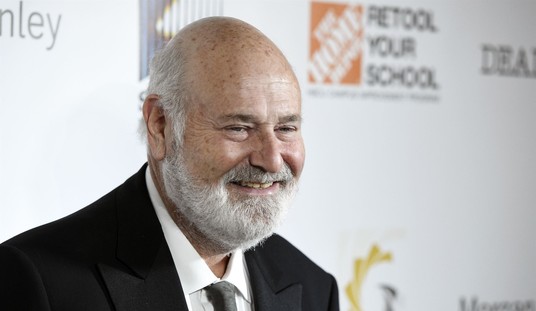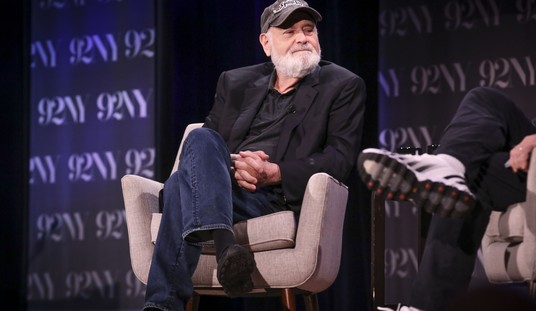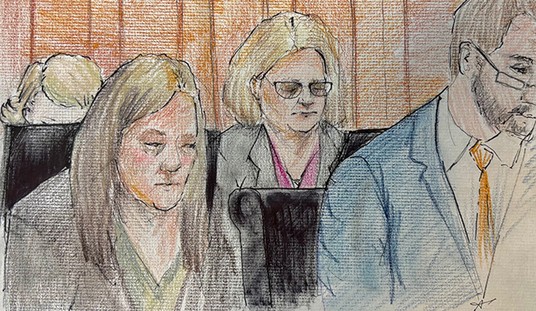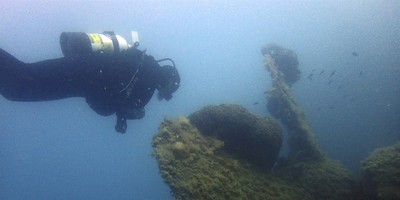Leave? Impossible, Captain. Fall 1944's cold, wet weather and illness kept Army doctors busy, especially surgeons in "separate" units like Kreisle's 14th Cavalry Group. Then luck struck. The young Texan viewed his Paris trip as a wartime idyll. He hit a nightclub, the Lido. He managed "Christmas shopping"; perfume for Mum and wife, Peg, "six dishes" for the family in Austin.
Forty-eight Parisian hours compensated for the "chilly" to and fro in a deuce and a half that bounced him through Belgium and France, and then returned him to the 14th Cav, the Allied covering force in the Western front's quiet sector, the Ardennes Forest.
Lean, white-haired Kreisle introduced himself to me in 1996, in an Austin, Texas, barbershop. He said he enjoyed my books. I might appreciate his WW2 letters. "I was in the 14th Cav," he said. "You know where we were Dec. 16 (1944)?" Yes ... Losheim Gap. He said: "I survived The Bulge."
"Of course, it wasn't really quiet," Kreisle told me, after I read his letters and his tragic account of the Battle of the Bulge: "we thought we were close to winning the war. 14th Cav, in the Losheim Gap, scattered from Vielsalm (Belgium) to Germany (border). ...We had the 106th Infantry Division on a flank -- very green. On the German side, Sixth SS Panzer Army was assembling. We didn't know it. Until December 16th." Bulge "was a psychological about-face."
U.S. WW2 cavalry fielded scout jeeps with machine guns, small self-propelled 75 mm howitzers and armored cars with 37 mm guns. At Losheim, the Cav provided "economy of force" -- a small unit substituting for a larger formation.
Recommended
Sixth SS Panzer Army deployed King Tiger tanks (88 mm guns), Panther tanks and Panzer grenadiers in half-tracks. According to Adolf Hitler's plan, panzers would split U.S. and British forces and seize Antwerp's port. In Hitler's strategic fantasy, the shaken allies would then negotiate a separate peace with Berlin. Germany would turn on Russia.
Dec. 16 -- German artillery slammed the Ardennes as infantry and tanks attacked the Gap, the assault shattering 14th Cav and surrounding 106th ID. German units crossed the Our River, heading west, toward Bastogne.
The defense of Bastogne made the 101st Airborne the world's most famous division. Bastogne was the Alamo as a victory. However, critical battles erupted throughout the "bulge" Hitler's gamble carved in allied lines. Some of the most critical occurred Dec.16 and 17 as elements of 14th Cav, 99th ID, 2nd ID, 7th Armored Division and the ill-fated 106th ID delayed Panzers for five minutes here, 10 there. The 28th ID soldiers made a stand at Clervaux, surrendering after a Panzer broached the castle walls. Troop A, 14th Cav engaged 1st SS Panzer at Honsfeld. Panzers, Kreisle wrote, "immune to our light weapons, rolled right into the village and leveled their guns at the command post, which had apparently been pointed out by civilians."
Jim Kreisle's Bulge was escaping under fire in an ambulance. "One sensed an atmosphere of suppressed panic," he wrote. He commanded a surgeon's retreat over forest trails, west from Herresbach -- through snow, mud and sporadic artillery fire. His medics directed wounded men tasked with carrying more severely wounded men "in this gloomy place."
Dec. 24: clear weather, U.S. aircraft strike German columns. Dec. 27: As remnants of two 14th Cav troops counter-attack, Kreisle writes, "Dear Folks ... the German tide has been fairly well stemmed." Dec. 28: After 13 days of continual action, his ambulance and aid men are relieved.
"I'm glad you liked the memoir," Kreisle told me. "The battle was ... confusion. The setback really stunned us." His letter home of Dec. 15, "the day before," thanked relatives for sending him tamales and chili, food so "reminiscent of Texas." His favorite Bulge history: Robert Merrimam's "Dark December." Dr. Kreisle died in 2002. God bless him, and the brave soldiers of his generation.

























Join the conversation as a VIP Member